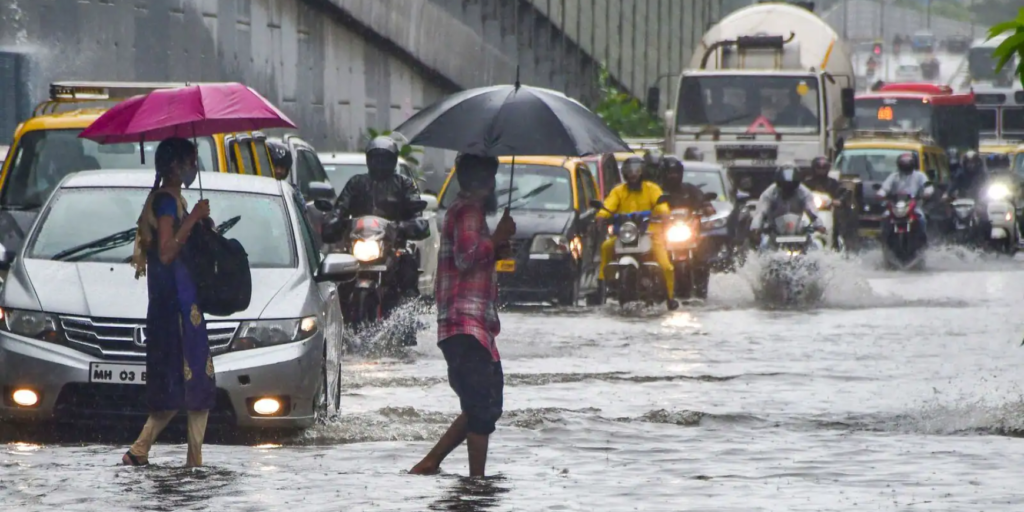Unseasonal rain in Maharashtra can have both positive and negative effects on the region. Here are some potential impacts:
Positive effects:
The rain can provide relief from the hot and dry conditions typically experienced during the summer months.
It can help to replenish water sources, such as lakes and reservoirs, which may have been depleted during the dry season.
Rain can be beneficial for agriculture, as it can promote the growth of crops and improve soil moisture levels.
It can also help to reduce the risk of wildfires and other types of environmental hazards.
Negative effects:
Unseasonal rain can lead to flooding and landslides, which can cause damage to infrastructure, homes, and businesses, as well as loss of life.
The rain can also disrupt transportation and travel, making it difficult for people to get to work or school.
It can also lead to crop damage, particularly if the rain is accompanied by hail or strong winds.
In some cases, unseasonal rain can contribute to the spread of diseases, as stagnant water can provide breeding grounds for mosquitoes and other insects.
Overall, the effects of unseasonal rain in Maharashtra will depend on the timing, duration, and intensity of the rain, as well as the infrastructure, ecosystems, and communities in the affected areas.

